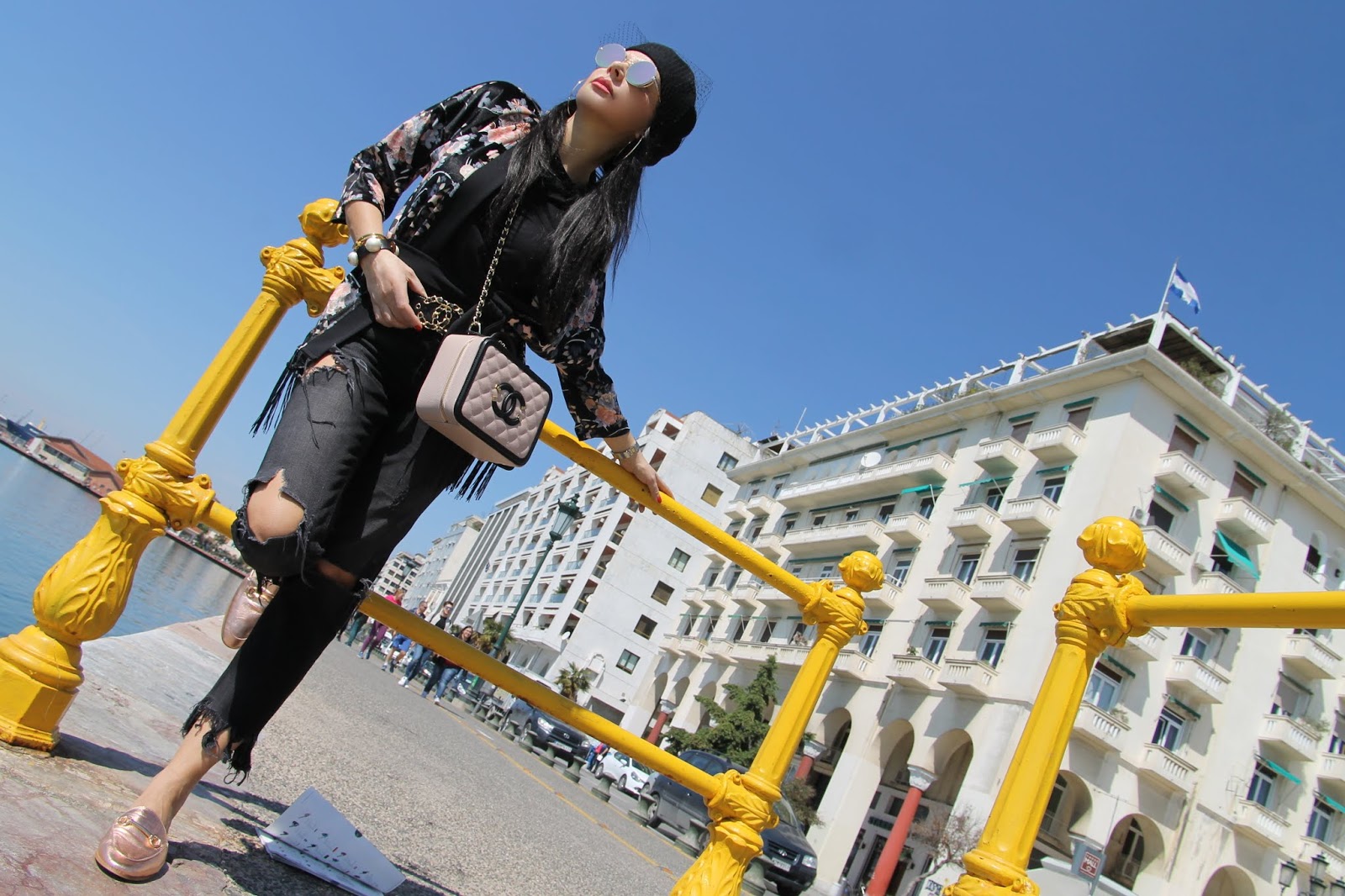
Le molteplici identità di Salonicco, dopo i fasti del passato, si fondono tra loro nella città moderna, lasciando nel visitatore la voglia di scoprire tutti i segni della storia che sono presenti ovunque, lì dove chiese e monumenti del periodo bizantino si mescolano alle costruzioni più recenti creando un contrasto molto interessante.
La città si divide in due zone, quella alta e quella bassa. La maggior parte delle attrazioni si trovano nella parte bassa, il cui perno è la moderna piazza Aristotele, il “salotto della città” che si allunga fino al mare e rappresenta uno dei rari esempi di Art Decò in Grecia e da cui si accede anche alle aree del tipico mercato coperto Modano.
La chiesetta Panaya Chalkeon, Madonna dei Ramai, è realizzata più in basso rispetto al manto stradale, è completamente rivestita di mattoni rossi e circondata da un frondoso giardino, sembra un piccolo gioiello.
Si scorge dalla strada, in corrispondenza di piazza Aristotele, ma soltanto avvicinandosi all’entrata, ci si rende conto che la chiesa è molto più alta.
Il nome le deriva dalla presenza in questa zona in epoca bizantina di botteghe di calderai, come per la chiesa omonima di Costantinopoli.
Fu costruita nel 1028 da Cristoforo Burgaris, protospatario e catapano della Longobardia, come recita l’inscrizione sull’architrave dell’ingresso principale.
La chiesa è del tipo a croce greca inscritta con cupola su quattro colonne, all’esterno è variamente articolata. Le cupole, gli archi e i frontoni sono enfatizzati da bande dentellate e finestre di vario tipo, nicchie, semicolonne in mattoni di vari diametri contribuiscono a creare un insieme armonioso.
Durante la dominazione ottomana fu convertita in moschea, dopo la liberazione fu restituita al culto ortodosso e furono rimosse le addizioni realizzate in epoca ottomana.
Ancora una volta, protagonista del mio look, mentre mi perdo tra le bellezze artistiche “en plein air” di questa perla greca tutta da scoprire, un kimono, il nuovo capo pass-par-tout per la Primavera/Estate 2018.
(Clicca qui e qui e scopri come usare il kimono come capospalla leggero per i tuoi look PE più cool).
(Clicca qui per vedere un mio diverso look da Salonicco dove indosso un kimono stampa floreale).
The signs of the past are everywhere in Thessaloniki, churches and buildings from the Byzantine period are mixed with modern buildings, creating an interesting contrast. A walk of a couple of hours around the lower city is enough to discover dozens of churches and archaeological sites, while the vestiges of its ancient Roman and Byzantine past still dominate the city’s skyline.
I found this mixture of ancient and modern really fascinating.
The peaceful temple of Panagia Chalkeon is located in the heart of the historical center, as it is right next to the modern “Aristotelous plaza” – the living room of the city – and in front of the famous indoor Modiano market.
It is sunk below the level of the modern city, located in a leafy garden.
It is one of the 15 Paleochristian and Byzantine Monuments of Thessaloniki that were included in the UNESCO World Heritage List in 1988.
The Byzantine name echoes the Turkish designation Kazancilar Camii, deriving from the fact that from the Byzantine period until the present day there have been copper-smith’s workshops around the church. The Byzantine church was probably called Panagia Chalkoprateion, like the church of that name in Constantinople. According to the founder’s inscription on the lintel of the west entrance, the church was built in 1028 by the royal protospatharios Christophoros, the katepan of Lagoubardia, and his family.
It has a typical “cross in square form” having four main columns and three domes, the outer faces of the church have an interesting articulation. The slender domes, the pediments, and the curved arches emphasized with dentilated bands, the variety of windows and apses, and the brick half-columns of differing diameters, all help to create a harmonious ensemble.
After the conquest of Thessaloniki by the Turks, in 1430, it was converted into a mosque and again became a Christian church, with the liberation of the city, in 1912.
I found this mixture of ancient and modern really fascinating.
The peaceful temple of Panagia Chalkeon is located in the heart of the historical center, as it is right next to the modern “Aristotelous plaza” – the living room of the city – and in front of the famous indoor Modiano market.
It is sunk below the level of the modern city, located in a leafy garden.
It is one of the 15 Paleochristian and Byzantine Monuments of Thessaloniki that were included in the UNESCO World Heritage List in 1988.
The Byzantine name echoes the Turkish designation Kazancilar Camii, deriving from the fact that from the Byzantine period until the present day there have been copper-smith’s workshops around the church. The Byzantine church was probably called Panagia Chalkoprateion, like the church of that name in Constantinople. According to the founder’s inscription on the lintel of the west entrance, the church was built in 1028 by the royal protospatharios Christophoros, the katepan of Lagoubardia, and his family.
It has a typical “cross in square form” having four main columns and three domes, the outer faces of the church have an interesting articulation. The slender domes, the pediments, and the curved arches emphasized with dentilated bands, the variety of windows and apses, and the brick half-columns of differing diameters, all help to create a harmonious ensemble.
After the conquest of Thessaloniki by the Turks, in 1430, it was converted into a mosque and again became a Christian church, with the liberation of the city, in 1912.
While I lose myself among the artistic beauties of this Greek pearl, like in an open-air museum, the protagonist of my ootd is a kimono, the new pass-par-tout piece of this Spring/Summer 2018.
(Click here and here to discover why kimono is the new spring coat).
(Click here to see another look from Thessaloniki where I was wearing a floral kimono).
Location: Aristotelous Plaza – Modano Market – Church of Panagia Chalkeon – Thessaloniki
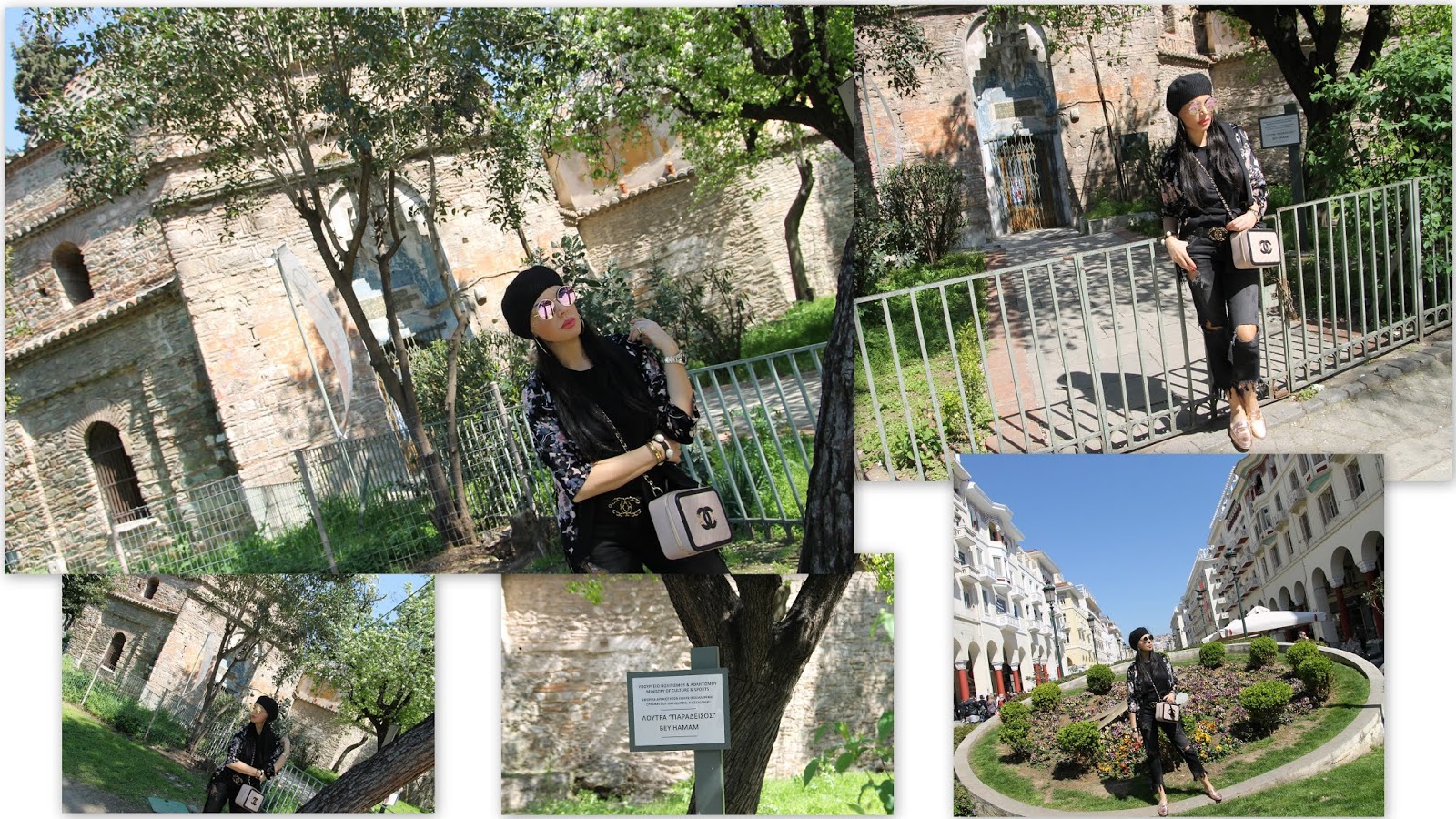

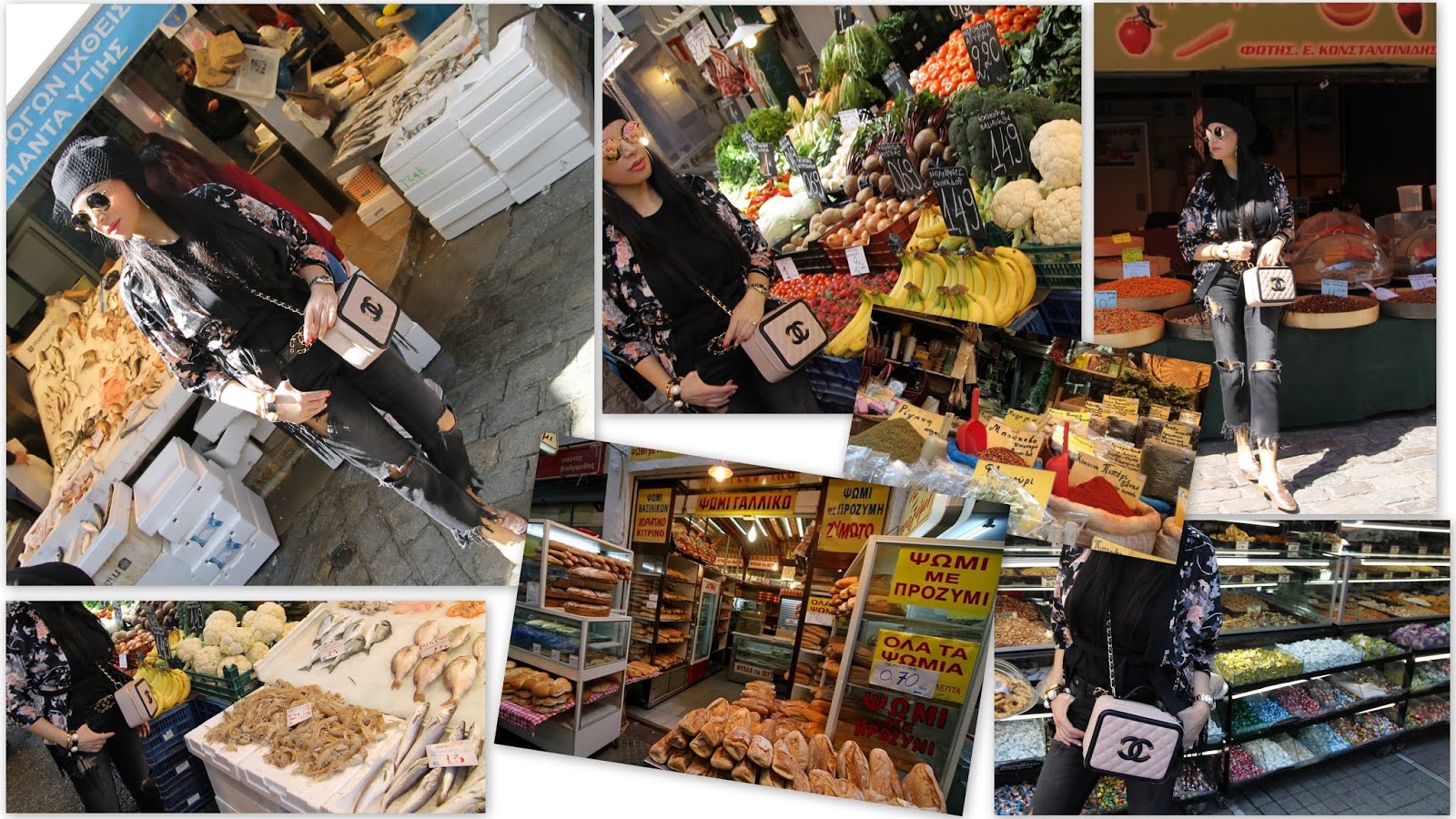
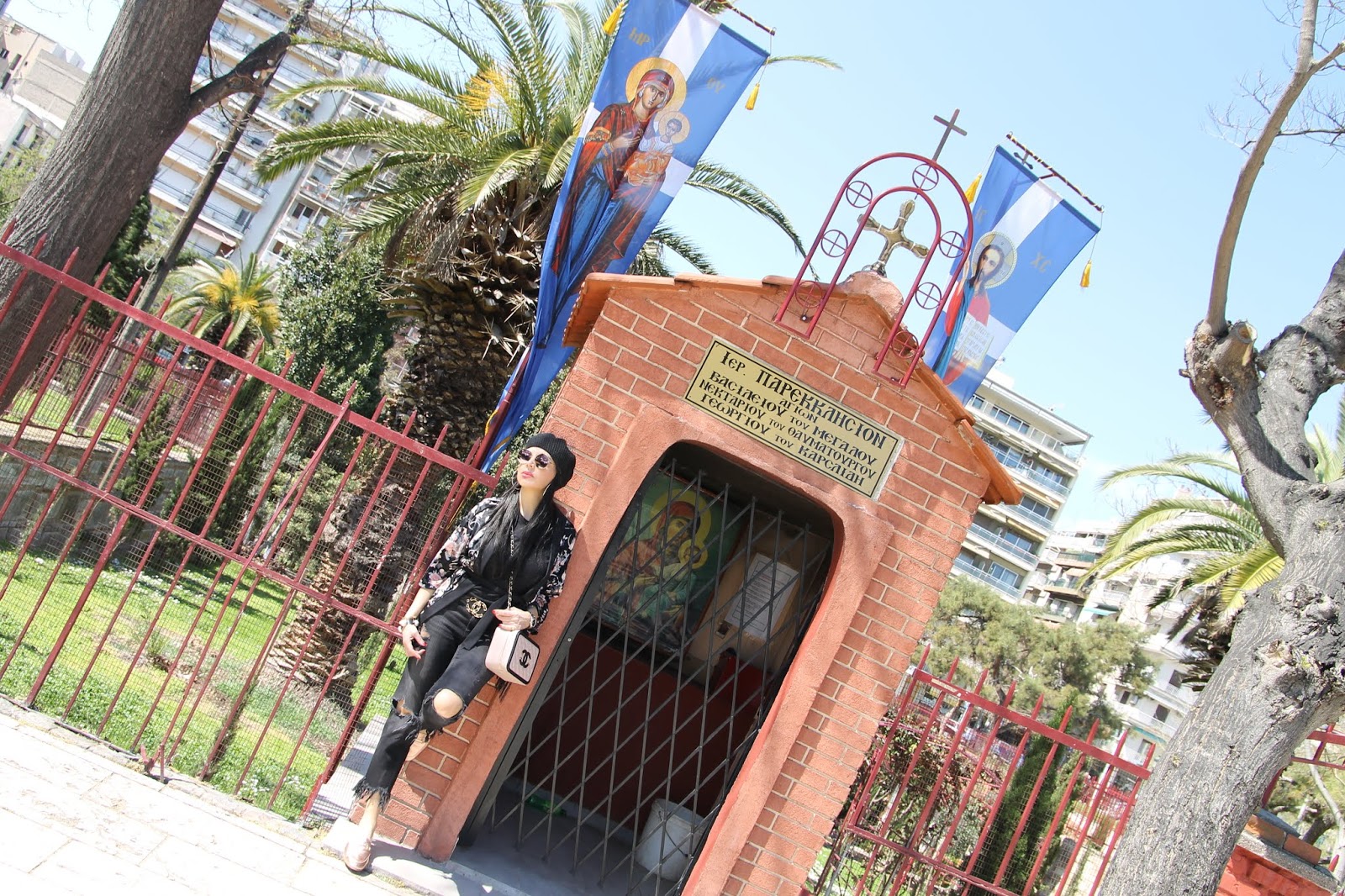
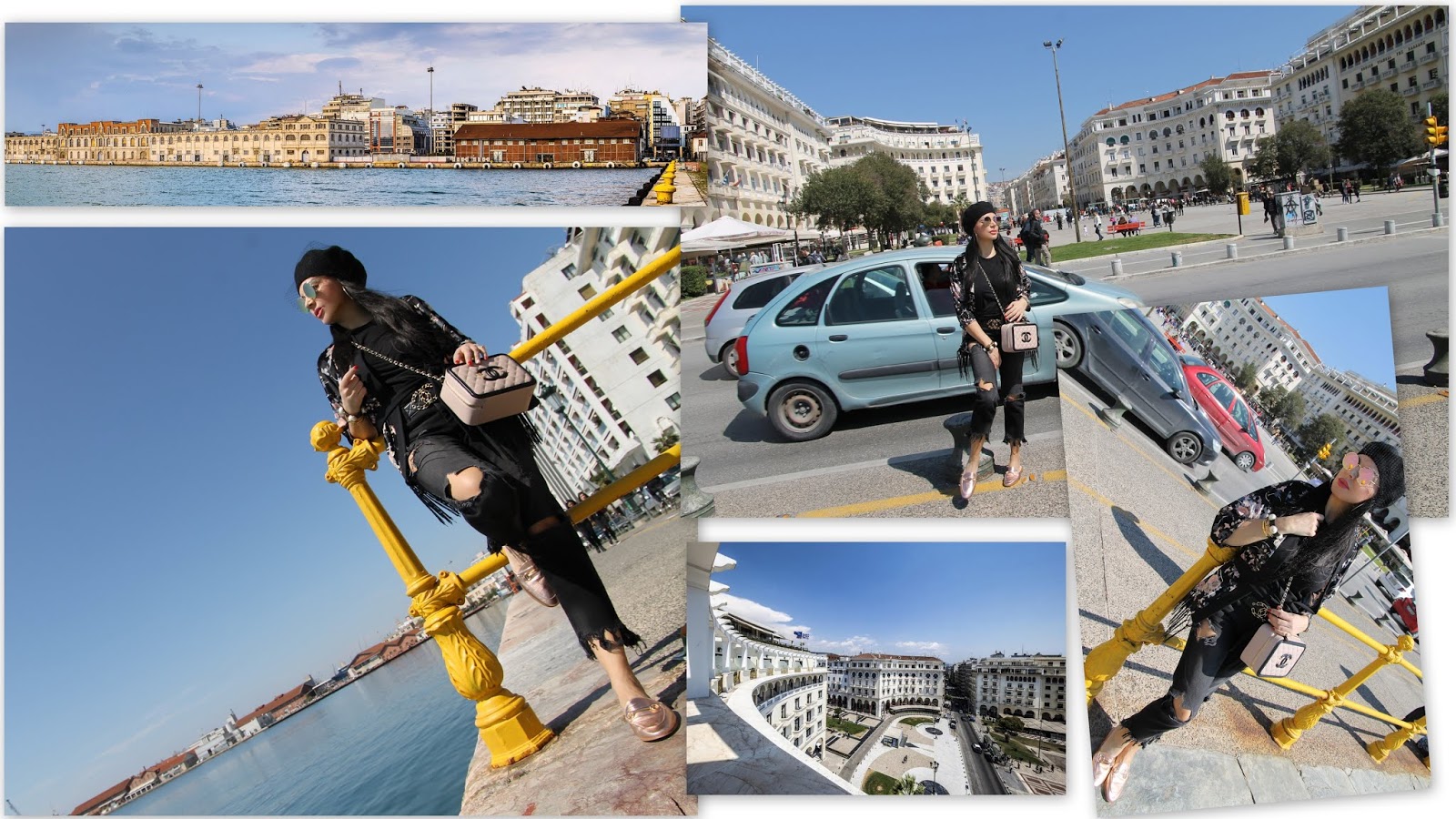

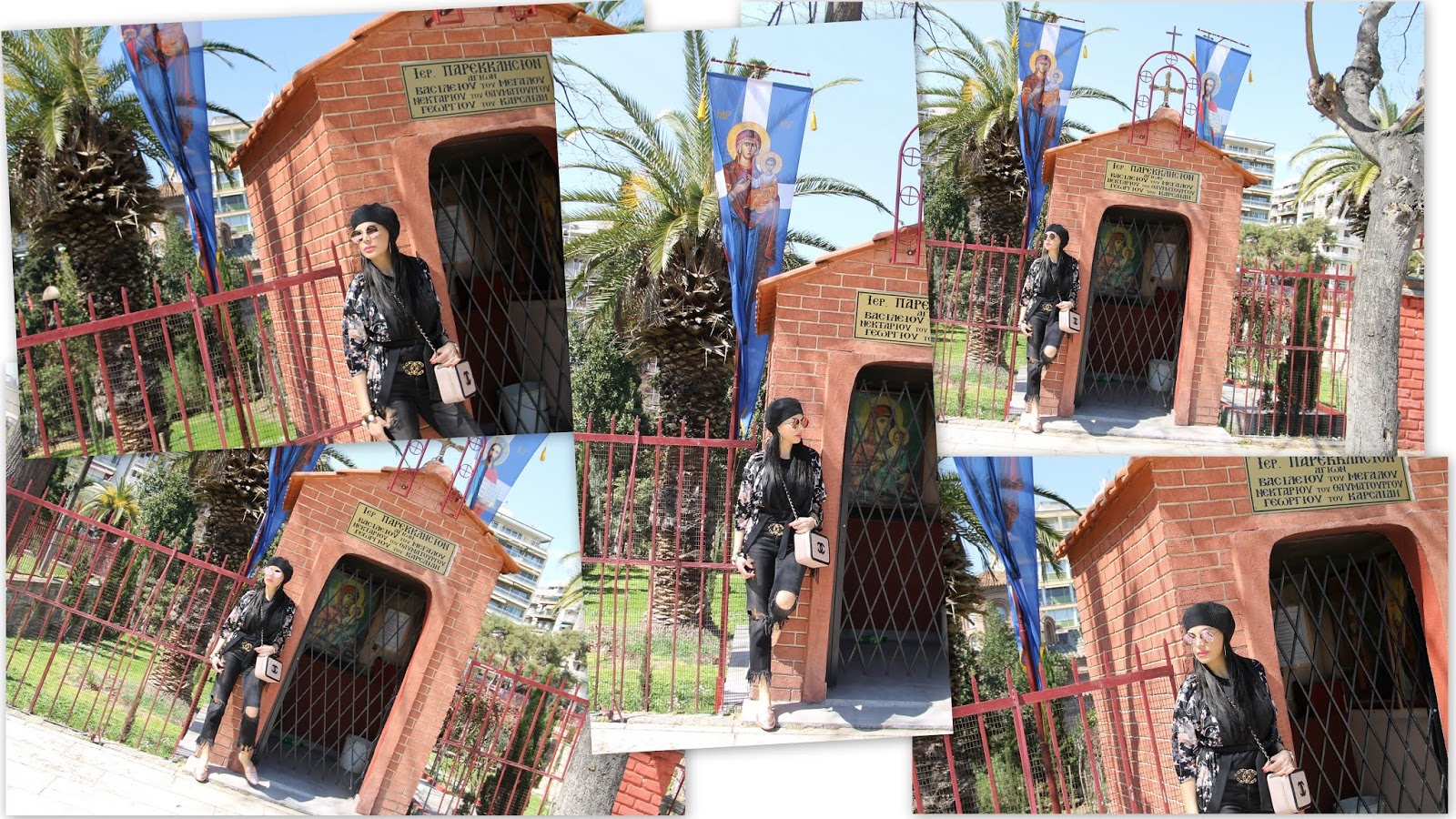

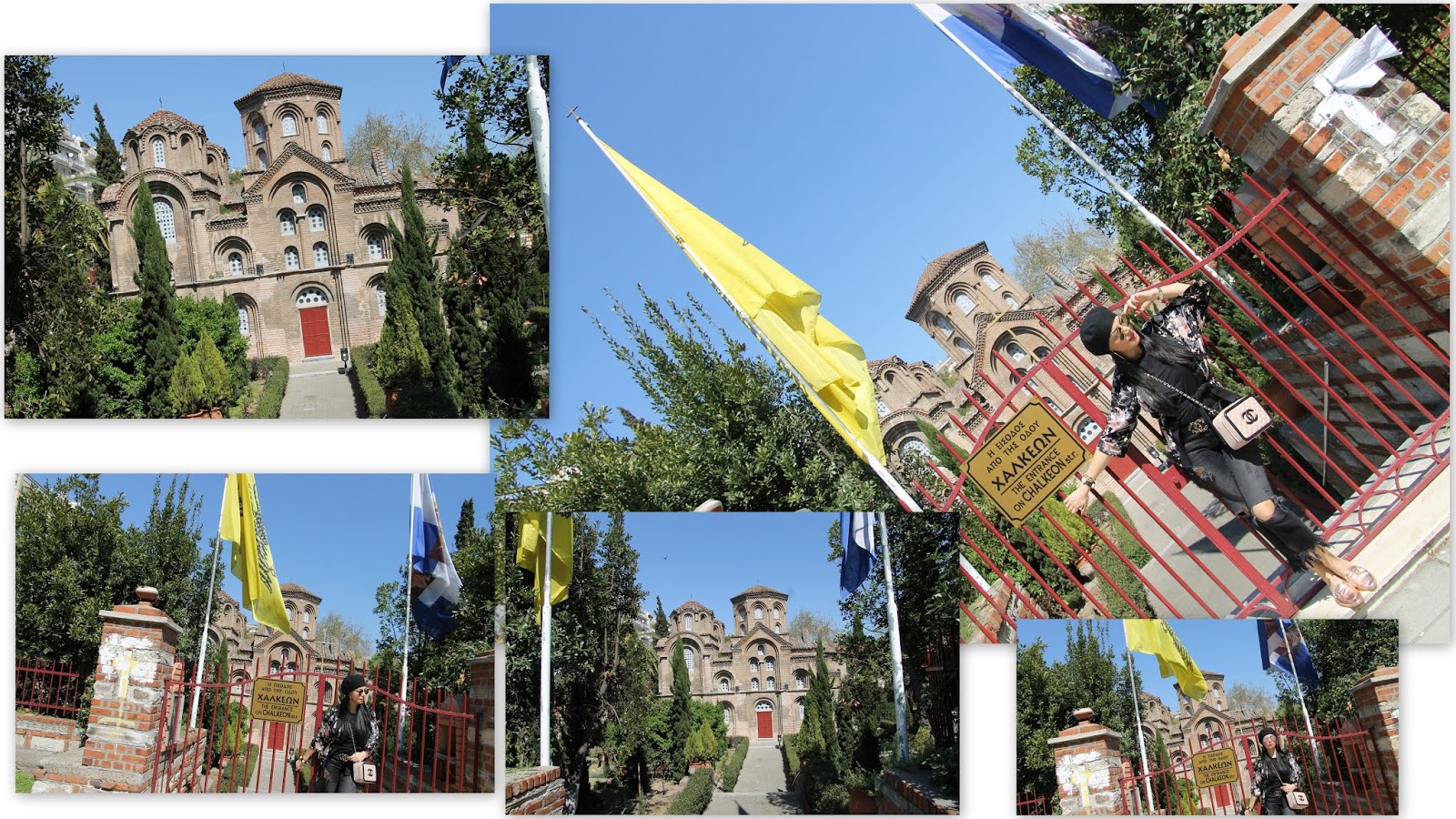

Photos: Jacopo Maria Barile
I was wearing:
Miss Miss kimono
Zara jeans



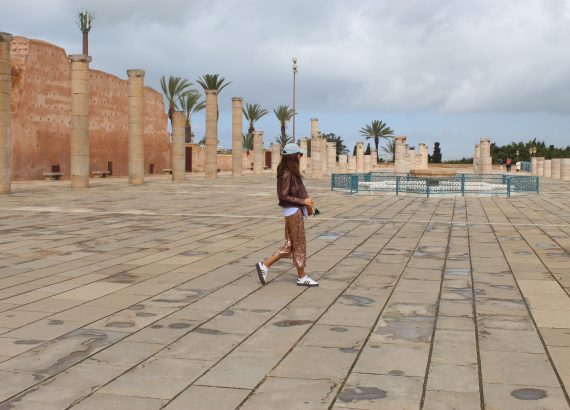
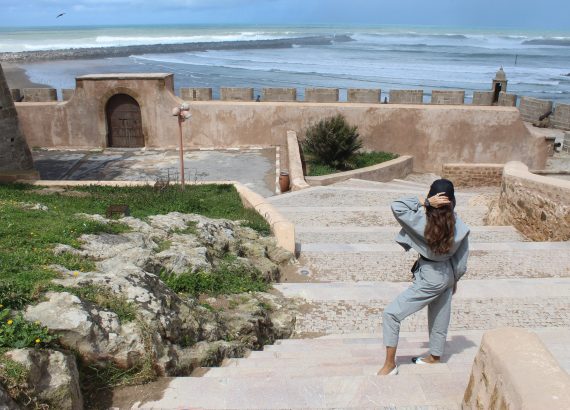
Love the Chanel accessories! Your floral bomber is the bomb!!!
Happy weekend Paola!
http://www.fashionradi.com
ma che spettacolo questi scatti, sei sempre una meraviglia
http://www.mypowderpink.com
That kimono is too fabulous!
Beautiful photos Paola! Love the Chanel Bag!
Beautiful photos. And other Greece than I have in my mind and imagination.
It seems this city is full of treasures! Beautiful pictures as always Paola! Have a great weekend xx
https://4highheelsfans.wordpress.com/2018/06/08/royal-greenhouses/
this looks like so much fun… very nice
Check out the new Blogger update
https://www.melodyjacob.com/2018/06/its-spring-cleaning-time-for-blogger.html
Che posto meraviglioso <3
https://julesonthemoon.blogspot.com/
Thanks a lot 😀
incredible combo my dear 😀
NEW #OS5MAIS POST | OUCH, 5 THINGS TO TRY NOW :O
Instagram ∫ Facebook Official Page ∫ Miguel Gouveia / Blog Pieces Of Me 😀
Beautiful pictures and style!
Have a lovely weekend 🙂
Rosanna x
Rose's Rooftop
Thanks a lot Rosanna, happy WE!
I'm so looking forward to going to Greece!! It must be so beautiful
xx
Eli
http://www.curly-style.com
As always Poala your photos are stunning wow i just always admire your fashion and all you do. have a lovely weekend
mssparkleandglow.com
Oooh I love these photographs, they really capture both sides of the country. you're making me miss Greece!
Have a great weekend!
Amy; Wandering Everywhere
Wow! You look great dear! Beautiful photos!
http://www.recklessdiary.ru
Que look tan ideal,estás divina. Unas fotos geniales.
Besos.
What a lovely pics! Thanks fo sharing 🙂
X Merel
http://www.andathousandwords.com
Thessaloniki is my favorite city.
Great photo selection.
xx
https://theonethattravels.wordpress.com/
Thanks for stopping by, hun!
Elegante ed originale..semplicemente fantastica 🙂
Buona domenica <3
Great post, thanks for sharing! This city looks amazing 🙂
Camille xo
http://www.cococami.blogspot.com
Greece is on my bucket list of places to visit some day. Great scenery there Paola. 🙂
https://www.missymayification.co.uk
Och, perfect! 🙂
Interesting post) Thanks a lot for sharing)
Amazing look and pics as always! Love your Chanel bag!!
Kisses,
https://www.theartofpaloma.com/
Ci fai scoprire sempre posti meravigliosi, splendida in kimono mood
Baci
That bag is an absolute dream. Lovely work as always!
Thanks for stopping by Kasie!
Thanks a lot 😀
amazing place my friend 😀 you always have the best outfits 😀
have an amazing week!
NEW REVIEW POST | CAUDALIE: THE MIRACULOUS BEAUTY ELIXIR :O
Instagram ∫ Facebook Official Page ∫ Miguel Gouveia / Blog Pieces Of Me 😀
I can't get my eyes of that bag. It is so beautiful. I love the rest of the outfit too!
http://whatmakesmesmileblog.com/
I tuoi post sono sempre ricchi d'informazioni che ti fanno venir voglia di andare e scoprire di persona questi luoghi bellissimi. Hai fatto un'ottima scelta per quanto riguarda l'outfit da indossare in questo posto, il kimono è veramente splendido e i jeans sono di grande tendenza e i toni dell'intero abbinamento ricordano lo stile bizantino e sontuoso di cui stavi parlando prima.
Saluti,
Flo
Your photos are stunning as always – love the ripped jeans.
http://www.pink-purpledots.blogspot.com
Bellissimo questo kimono! La borsa si commenta da solaaaaaa!!!
Un bacione! 💕 F.
La Civetta Stilosa
What a pretty place to chill out, dear! xoxo
Quella borsetta Chanel è deliziosa! baci
That's cool. I like your blog. Go to my blog http://alamodenatine.blogspot.com
Beautiful pictures, I really like your bag!
Have a lovely day 🙂
Rosanna x
Rose's Rooftop
unas fotos preciosas! Me encanta tu look.
http://www.gadorvision.com
Your bag is perfect together with your cool and edgy look, dear Paola!
xx from Bavaria/Germany, Rena
http://www.dressedwithsoul.com
Paola sei stupenda, accessori top! Bellissime foto e look spettacolare =) Baci
Fashion and Cookies – fashion and beauty blog
Rock and flower power together _ i love it- I am crazy about your pants xx
Splendida come sempre Paola!
xx
Ellysa
Amazing look! I love your sunglasses!
paulan-official-blog.blogspot.com
Amazing outfit 🙂 Greece is such a lovely place 🙂
Love the outfit darling! And how beautiful is this place?!
xo,
H
http://firsttimethings.com/
Eh Salonicco è incantevole!!! Look pazzesco!
Nicoletta
https://www.lavieestbellebynicoletta.com
You look amazing dear!
http://www.iameleine.com/
I´m so in love with your bag!!!
so cool post!!!
http://www.itzytrendy.com/2018/06/basic-look.html
You look so classy. Love the bag! Have a great week! xx
I love the look, but In love for the mules
xx LL
http://www.lalouuula.com
I love this look, the kimono is so beautiful
Such a great place indeed! love the vibrant color and places…
http://sepatuholig.blogspot.com
IG @grace_njio
I loved this look from Instagram. Your style is amazing!!!
https://www.fashionablyidu.com/